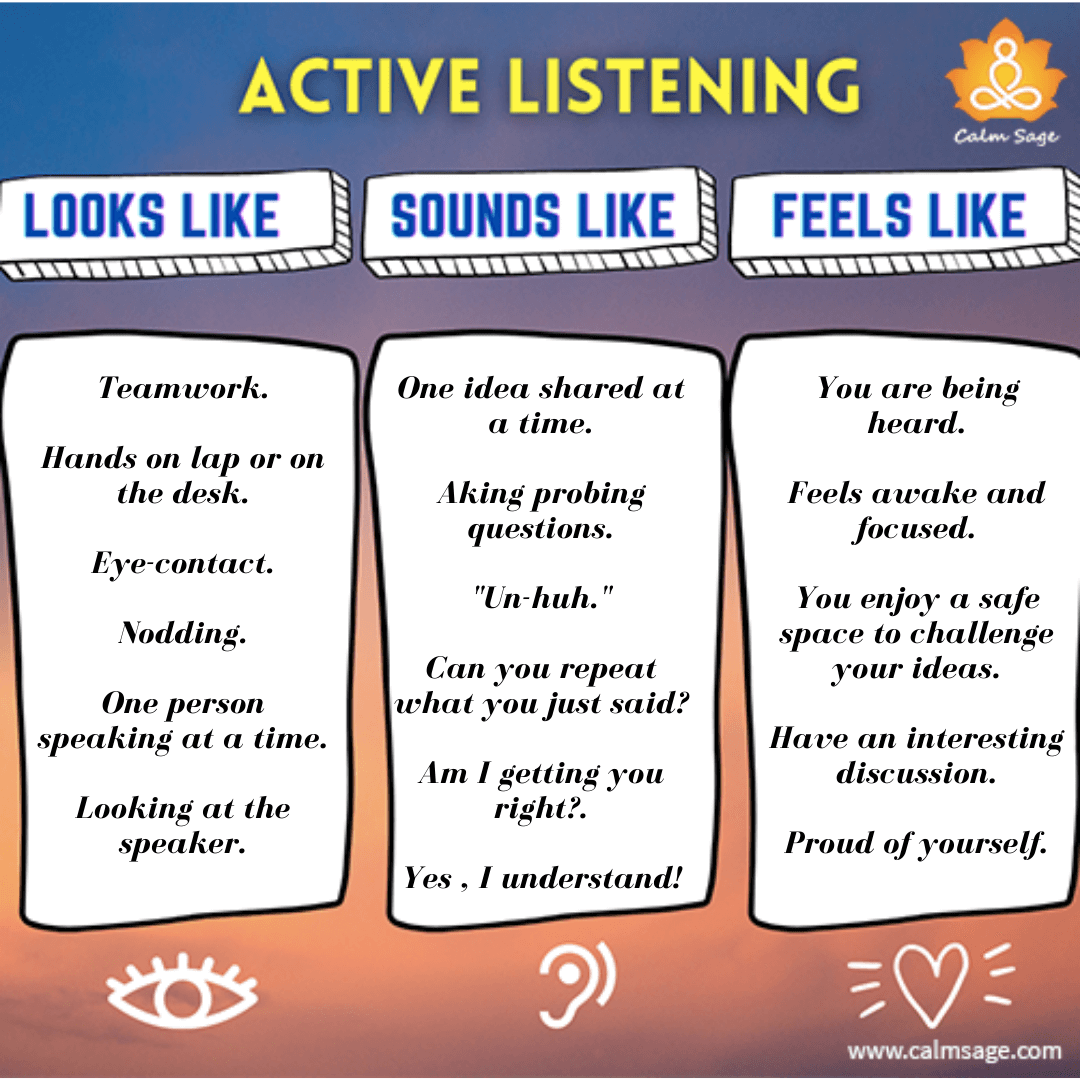
We have different purposes for listening and for many of those purposes, 100% Out all that is involved in the literal meaning of the utterance.” Reasonable interpretation, and not process every word, and not to try to work As Brown and Yule (1983) point out “…the aim of a listeningĬomprehension exercise should be for the student to arrive successfully at a Understand 100% when they don’t even do that in their L1. The students are mistaken, though, in thinking that they have to

It takes time to learn this for a new language and culture. The signals for topic change and important information. In our L1 we can selectively tune out and in again we recognize easily

Have to work harder at listening in a second or third language. We ask Taiwan students whether they understand ICRT, the local English radioĬloser questioning reveals that they mean they do not understand 100%, or theyĭo not understand the way they do for a radio station broadcasting in Mandarin. Listen in their first language and what characteristics render listening and Invite them to do a little simple research to discover for themselves how they Is normal behavior in our first language, so why do we expect more of studentsĬonsider telling our students about these characteristics of listening and then And when the input is boring or we are sleepy, noise and Ourselves tuning out, not able to pay attention.
#ACTIVE LISTENING EXAMPLES IN MOVIES TV#
At other times, we are supposed to or try to listen-to our colleaguesĪt meetings, to the TV news, to the complaints of our children-and yet we find We tune out, they waft in, and sometimes we enjoy the eavesdropping. On cell phones, public announcements, the conversations of passers-by.
#ACTIVE LISTENING EXAMPLES IN MOVIES FULL#
Sounds are full of language-radios and TVs playing, fellow passengers talking At best, such a conversation would be one-sided and dominatedīy the wishes of only one of the participants.ĭay long we are bombarded by sounds some of them, like the noise of traffic, we In a daily life, for example, it is virtually impossible toĬarry on a sensible conversation if one does not listen. More recently we have come to see that both skills require the active One did not have to produce language but just sit quietly and absorb it. In teaching, listening is often the neglected skill, presumed to improveĪlong with reading, was long thought to be a passive skill, presumably because Of fluency in English still lament their poor listening skills. Yet even those students who have already achieved a relatively high level Sections on listening or speaking on the Joint College Entrance Examinations. Reading, writing, grammar, and vocabulary are often tested, there are no Traditional texts and tapes as effective teaching materials.Īsked which of the four skills they feel weakest in, students in Taiwan most The materials development need to be addressed before DVD films can replace The major materials for teaching listening and speaking skills? Results indicate that a number of issues related to syllabus design and Study thus addresses the following question: Is it feasible to use DVD films as Using DVD films to teach listening and speaking skills and how one can use the Study was designed with a view to gauging and enhancing the effectiveness of

Questionnaires designed to elicit student opinions on the method of course Of the study was done through a pre-test and post-test on listening skills and SupplementalĪctivities were posted on the class website in National Tsing Hua University’sĮ-learn web platform and other supplemental material was accessible from Listening and speaking activities throughout the semester based on material in Instead of a textbook, three DVD films were used, with most of the Semester of a freshman listening and speaking course for English majors. This study applied some of Lin’s techniques and tracks the first (2002) looked at the incorporation of video into a two-semester general EnglishĬlass for non-majors at a Taiwan university. Is, there have been few serious studies on video use. While there have been many anecdotal reports about how motivating video Texts and also some teachers have been incorporating some video materials. Listening courses are usually taught using a textbook with accompanying


 0 kommentar(er)
0 kommentar(er)
